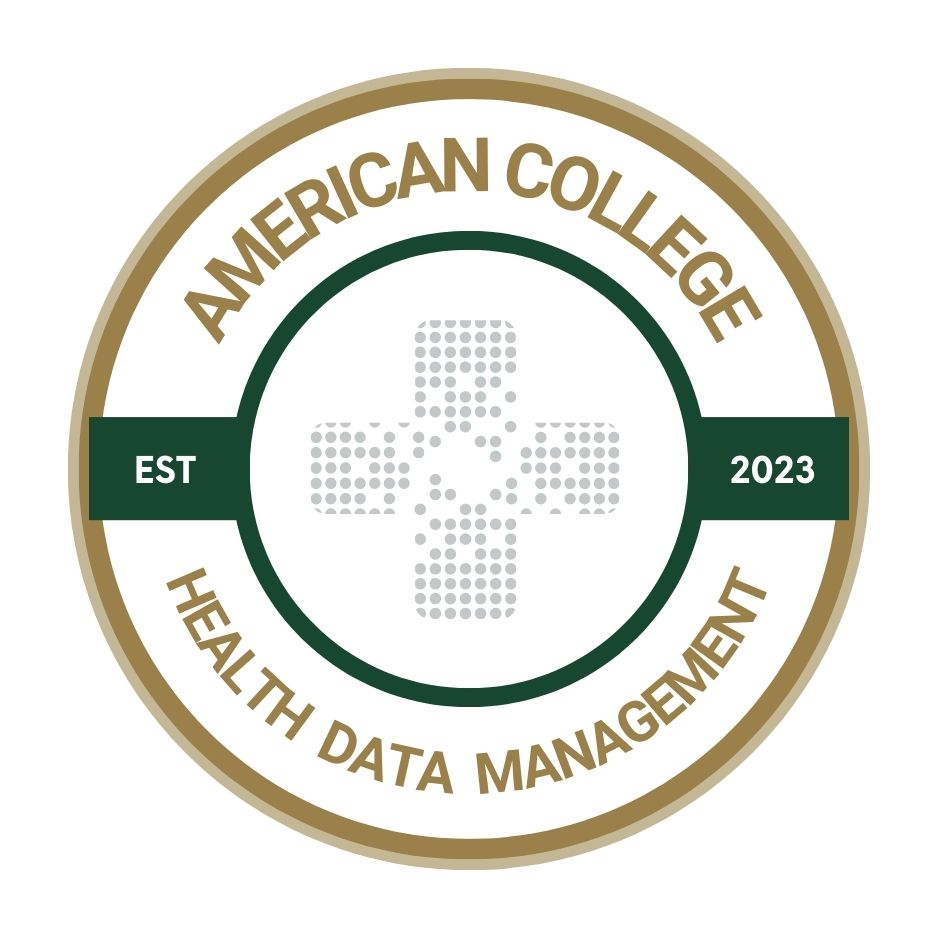Elevating patient experience: How to improve ‘the last mile’ of care
Fellows from the American College of Health Data Management suggest 5 principles healthcare leaders can apply.

Imagine stepping into a world where hospitals feel less like sterile institutions and more like healing havens – a world where patients and their families are the protagonists of the healthcare story, and the supporting cast members are made up of empowered caregivers, innovative technology and a smothering of empathy.
Welcome to the future of healthcare we hope, dream about and work toward on a daily basis. A few weeks ago, we asked some incoming Fellows of the American College of Health Data Management for their insights on how to transform the caregiver-patient relationship into an exciting, engaging and empowering adventure.
Christine Pirillo, program manager at Omnicell, invited us to embark on a thrilling quest called the Gemba approach. Like detectives, healthcare leaders explore their facility, observing every nook and cranny through the eyes of patients, families and care teams. To what extent does this happen at your organization? The Gemba walk is deeper and more visceral than a voice-of-the-patient or PFAC program.
Christine emphasized the importance of this journey, stating, "Viewing the journey through the lens of a patient, family or member of the care team will help identify high-impact, high-priority opportunities to improve." This approach was highlighted by Virginia Mason Medical Center in Seattle, where the leaders used Gemba walks to unravel the mysteries of patient wait times, enhance care coordination and cultivate a positive patient experience. It was a plus for patient-centered care, earning the medical center a prestigious spot among the Leapfrog Group's Top Hospitals in 2020.
Next, Kenneth R. Deans Jr., President and CEO of Health Sciences South Carolina, urged the industry to be more wholistic, transparent and action oriented about the patient data that’s collected. “Quantitative metrics include patient satisfaction scores, patient activation measures and patient-reported outcome measures. Qualitative metrics, on the other hand, may involve patient feedback, testimonials and case studies.
By monitoring these metrics, healthcare leaders can assess their engagement initiatives' effectiveness, identify improvement areas and make data-driven adjustments. Establishing a comprehensive and transparent reporting system for these metrics can also help build trust among patients and staff, fostering a culture of continuous improvement and shared accountability,” he says.
Picture a world where patients and healthcare professionals feel the outcomes of data that is action-oriented and helpful. Geisinger Health System, a large integrated healthcare organization in Pennsylvania, launched the ProvenExperience program in 2016. This initiative aimed to improve patient experience by offering refunds to patients who were dissatisfied with their care. To identify areas for improvement, Geisinger employed a combination of quantitative and qualitative metrics, including patient satisfaction scores, patient-reported outcome measures and patient feedback through surveys.
The ProvenExperience program focused on three key aspects of patient experience – communication, empathy and care coordination. By using the collected data, Geisinger identified specific areas where improvements could be made, such as better communication between care teams and patients, addressing wait times, and creating a more welcoming environment.
As a result of these efforts, Geisinger has experienced a continual drop in the amounts and requests and refund dollars that are going out, representing an 87 percent decrease over 5 years. The organization was also able to identify best practices and share them across its facilities, leading to improved overall patient experience.
Dr. Theresa Teverbaugh, a healthcare administrator, calls for a culture of purposeful readiness. She asserts, "The culture of purposeful readiness starts on the phone, parking garage or at curbside drop-off." In this culture, everyone – from staff members to patients – becomes a part of a dynamic ensemble, contributing to an unforgettable performance.
This does happen. Take a front-row seat at the Cleveland Clinic, where purposeful readiness takes center stage in the form of their Communicate with H.E.A.R.T. model: the physical environment is enhanced, processes are streamlined, and a culture of empathy and compassion thrives. The clinic consistently ranks among the top hospitals in the United States for patient experience and has even won the Press Ganey Guardian of Excellence Award.
As we journey into the realm of technology, David Samuel, chief information officer at Endeavor Management Group, suggested the bright future that AI-powered care teams will have. He explains, "The future of healthcare will be greatly improved with AI and ML leading the way. The implications and applications in patient engagement will go beyond clinical support systems and diagnostics. From measurement and predictive patient adherence to care plans to patient use of chatbots, the future of patient engagement is bright." With all the talk ahead of, at and after the large industry events this year, AI’s big chance to gain the trust of administrators, providers and patients is now.
Among many examples, at the Mount Sinai Health System in New York, a whole AI department has been established to work closely with The Icahn School of Medicine to give medical students, care givers and researchers access to the fast-paced innovations coming from artificial intelligence. Here, people, process and future technologies are working to identify high-risk patients, predict outcomes and provide personalized care plans. The result is growing progress toward patient satisfaction, reduced readmission rates and optimized resource utilization.
And finally, Dr. Christine Carr, CCO of HSSC, reminds us that the secret to a great patient experience is meeting patients where they are. "Create clear, realistic expectations and hold all patients accountable to ensure hospitals are a place for healing," she advises.
A 2021 interview with Banner Health, a non-profit healthcare system operating across six states in the United States, highlights the successful implementation of various patient-centered approaches to meet patients where they are. A key that has helped them is to create patient personas. One in particular is referenced throughout the systems departments and people. This persona’s name is Sofia.
Based off Sofia’s persona, the system implemented a digital front door strategy that included a user-friendly mobile app, enabling patients to schedule appointments, communicate with their healthcare providers and access their medical records. Banner Health also offered virtual visits for primary care, specialty care and behavioral health services, enabling patients to consult with their healthcare providers via videoconferencing. Additionally, Banner Health launched remote monitoring programs for patients with chronic conditions. In all this Sofia has become a crucial reference point in understanding the day in the life of a patient and family member.
Healthcare is a journey, one in which all that we do supports that last mile of care. The more we take off our shoes and walk in the shoes of our care teams and patients, the more real the health and care journey becomes. Dr. Michele Bleech Napoliello, CEO of Qualis Healthcare Research and Consulting concludes, “Leaders can and should experience care in their organizations as patients do, that is, they need to be patients themselves. Experiencing care in this way, especially when staff may not know the leader to be associated with the organization, is a great way to see not only opportunities for improvement, but opportunities for praise as well. Sit in the waiting rooms. Go to the lab. Utilize the portal. Call for an appointment. Many times, we as leaders merely "look at the numbers" for wait times, patient volume, and provider productivity. But are these really, truly, the Key Performance Indexes that means the most?”
